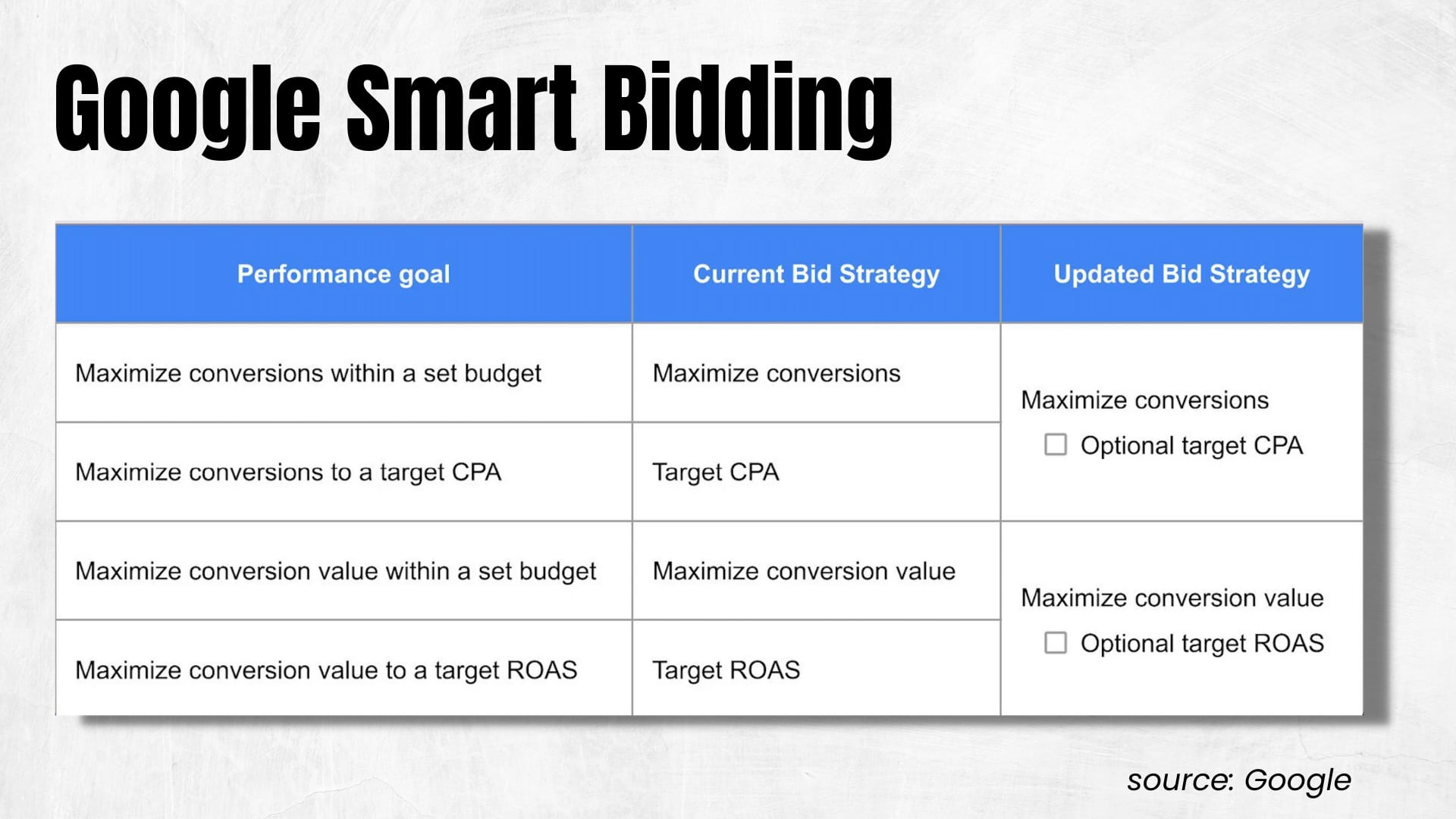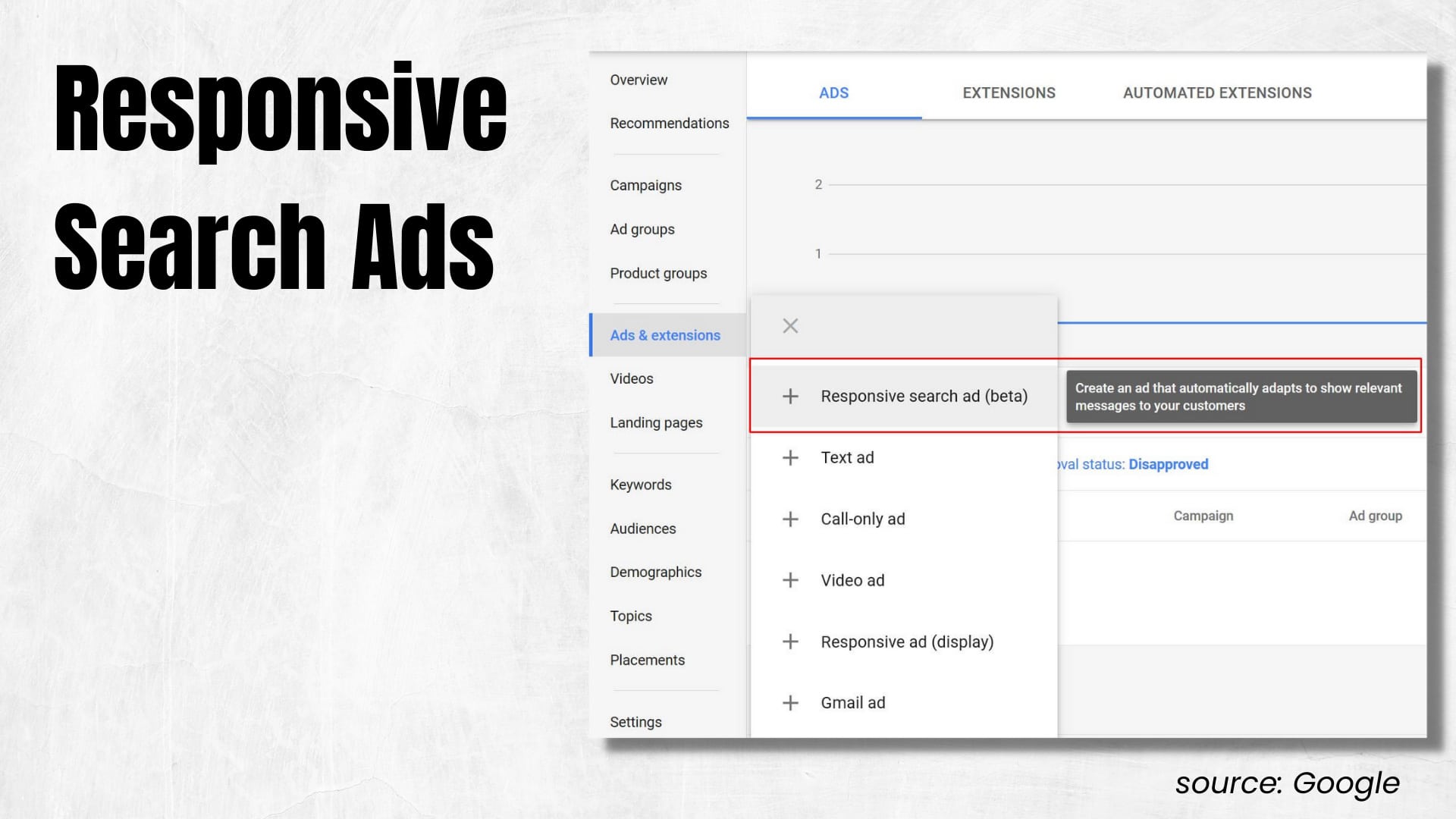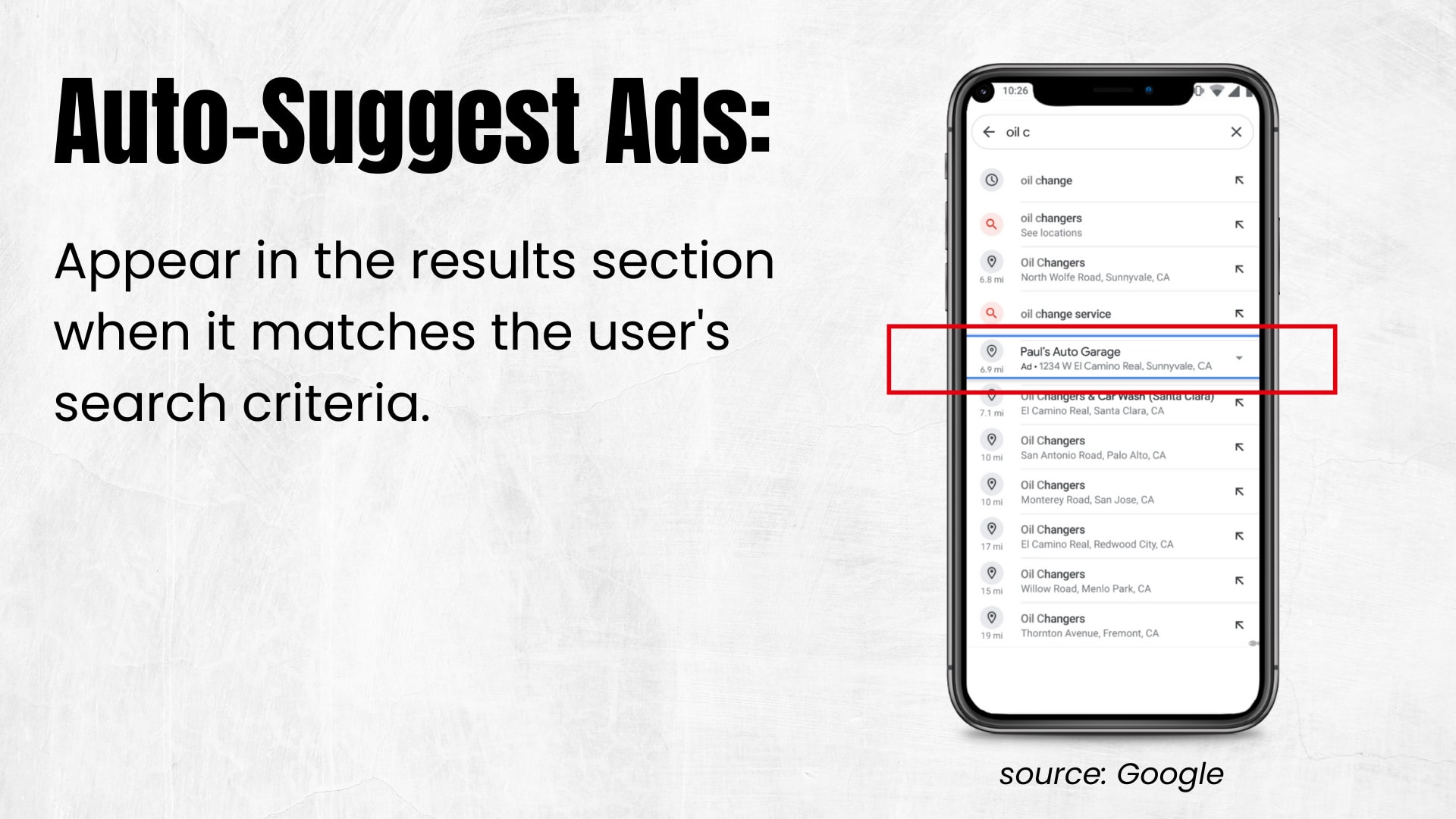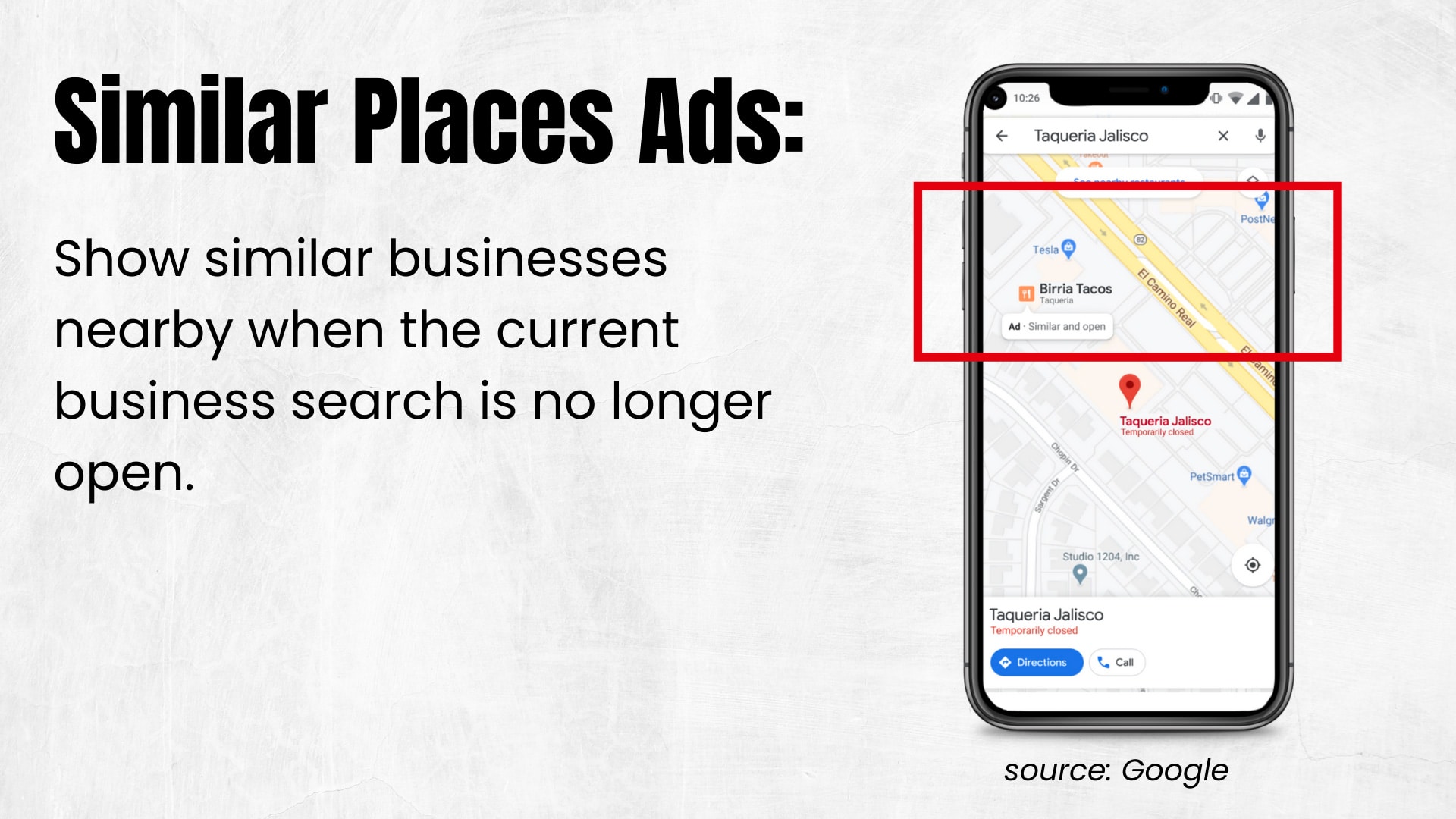How will new privacy guidelines, improved machine learning and automation, and other significant Google trends impact your online ads? We will walk through some new Google Ad capabilities, so you can put your best foot forward when creating impactful ads. Welcome to Marketing and a Mic. We’re here to give you various digital marketing tips, trends, and valuable guides to help your business get results. Online advertising can produce significant results from paid search to paid social to retargeting. And there are some great new trends out there to pay attention to. If you’re looking to create your own Google Ads that will engage, reach, and convert your audience, this is for you.
AUTOMATION
Automation will continue to gain momentum. The beauty of automation is it takes a lot of the guesswork out for you. While machines focus on the bidding, testing, and optimization, you can focus on the research, creative, and competitive strategy for your campaign. AI now has the capabilities with online ads to analyze how well your ads are performing across platforms and then offer recommendations on optimizing your ad better. Not only is this a significant time-saver, but it can help identify other issues with your ad you the human may not have noticed. The Google Ads platform has also incorporated machine learning to automate bidding and accurately target your audience and predict click-through rates and conversions. Finally, AI tools will provide recommendations on creativity and messaging based on its findings.
Google Smart Bidding
Google Smart Bidding works by setting up bids automatically based on your ad performance goals. In addition, it works by optimizing bidding based on data collected from all your campaigns. This can help reduce your advertising costs by making budget adjustments vs. the time you would spend making the adjustments manually. TIP: Google recommends measuring results for at least a month to get a more accurate picture of performance.
Responsive Search Ads (RSA)
RSA is another excellent feature. With RSAs, all you do is enter various headlines and descriptions. Then, over time, Google will automatically test different combinations and determine which ones perform best. This can greatly improve your campaign’s performance by adapting your ad’s content to match potential customers’ search terms.
NEW LOCAL CAMPAIGN FORMATS
Local ad campaigns have become a favorable option for local businesses to attract more potential customers. Traditionally, Google Ad campaigns were based on search results queries like “best plumber near me”. However, Google has now added three new ad formats to promote local businesses better.
Auto-Suggest Ads
When a user searches for a business near their area, the auto-suggest ads will appear in the auto-suggest results section when it matches their search criteria. For example, if a user searches for a “real estate agent,” they will get an ad for a real estate agency nearby in their maps search results.
Navigation Ads
Navigation ads show a business on Google Maps based on the user’s location as they navigate close by, regardless of the destination. That means if a user is driving home and they pass by a promoted business, they will see the store in their navigation route, even if they weren’t searching for that business.
Similar Places Ads
These ads allow businesses to show their business location to users searching on Maps for similar companies nearby that are no longer open. For example, if you searched for a taco store and found out they were closed, they would see an ad from a similar business nearby.
GOOGLE SHOPPING
At the end of 2021, Google implemented updates to accommodate the increased eCommerce demands. For example, Google added more merchant annotations for shopping campaigns to make it easier to customers to find products on sale and those sourced from specific areas, groups, and/or demographics. For example, if you wanted to support a woman-owned business, users could conduct searches based on those criteria. This gives an advantage for companies that identify or support those specific groups.
Google has also integrated Shopify into its Google Ad platform. Their shopping graph will now begin to pull data (prices, videos, product information from across Google’s platforms to inform online shoppers about where to find items, how well they were received, which merchant has the best prices, and so on. In addition, now that Google has made it free for merchants to promote their products on the shopping tab, the Shopify integration will allow merchants to run ads on every Google platform.
First-Party Data and Google Ad
3rd-party cookies, which drive a lot of online ads, will soon be obsolete. Google announced it would block them on Chrome in 2023. As part of the plan to evolve to “cookie-less browsing,” Google is moving into 1st party data. 1st party data is information a company collects directly from the customers it owns. Whereas 3rd party data is any data that you want to obtain but is not your own.
Examples of 1st party data collected are demographics, purchase history, website activity, email engagement, sales., transactions, support calls, customer feedback programs, and so on. This information is gathered directly from the customer, and the website now owns it and can retarget them. By contrast, with 3rd party data, your information is spread across many companies in the form of a cookie stored in a browser. So, as you jump between sites, it tracks your behavior and usage. Businesses would have to purchase this data from a 3rd party agency. It allowed advertisers to see how many touchpoints they have with a customer and track them anywhere they go, even if they abandoned their site.
How to Use 1st Party Data When Creating Your Google Ad
Why should we care about this? Advertisers and Marketers will need to rethink how they connect and gather information about their customers. To best optimize this change, Google recommends creating segments. You can define your audience segments based on how users interact with your site and what content they view. Google will also automatically add some segments for you based on your audience sources. In doing this, you will add your data segments to ad groups and ad campaigns. You can also adjust where and to whom your ads appear for optimal exposure.
FOCUS MORE ON QUALITY vs. COST
While it’s essential to make sure you’re not wasting ad spend, focusing on the lowest cost per lead won’t win in the long run. The higher-performing ads are the ones that are generating customers and revenues, not just leads. To make this a success, marketers should be looking closely at how well their ad lines up with their ideal customers. A great way to do this is to train the algorithms within the platform to understand what type of conversion results in a new customer. One way to do this is to integrate your CRM with Google Ads. If that’s not an option, you can pass your data findings back and forth manually.
Additionally, you will need to put a deeper focus into creating a compelling offer to the customer. The intent of your ad should be of benefit to the customer. Make an offer they won’t mind providing basic personal information to get it.
Conclusion
These are just some of the Google Ad trends surfacing that can significantly impact ad campaigns. If you’re looking to add Google Ads into your marketing strategy, or any other digital marketing strategy, we’ll love to talk with you. Don’t forget that our podcast also goes live on Facebook, YouTube, Twitter, and LinkedIn, and you can catch the replay on Instagram. You can also subscribe to our YouTube Channel for more resources to help your digital marketing plan.






